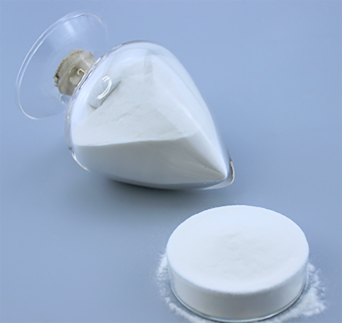
Nov . 05, 2024 16:09 Back to list
rdp polymer
Understanding RDP Polymers Innovations and Applications
RDP polymers, or Redispersible Polymer Powders, have gained significant attention in the field of construction, adhesives, and coatings over the past few decades. These advanced materials are primarily used to enhance the performance of cement-based formulations, including tile adhesives, plasters, and repair mortars. This article explores the characteristics, advantages, and diverse applications of RDP polymers, highlighting their role in modern construction and manufacturing.
What are RDP Polymers?
RDP polymers are produced by spray-drying aqueous dispersions of polymers. The result is a fine powder that can be mixed with dry materials, allowing for easy transport and storage. When mixed with water, RDPs reconstitute to form a cohesive polymer network that imparts significant improvements to the mechanical properties of the host material. Common types of RDPs include polyvinyl acetate (PVAc), styrene-acrylic, and ethylene-vinyl acetate (EVA) copolymers.
Key Benefits of RDP Polymers
The use of RDP polymers in construction offers several critical advantages
1. Improved Adhesion One of the most significant benefits of RDPs is their ability to enhance adhesion properties. When added to mortar or adhesive formulations, these polymers create a flexible bond that allows for movement and minimizes cracking.
2. Flexibility and Elasticity RDPs impart flexibility to rigid cement matrices. This property is especially crucial in applications where thermal expansion and contraction can lead to stress and damage over time. Flexible formulations can accommodate these movements without compromising integrity.
3. Water Resistance Many RDP formulations enhance the water resistance of cement-based products. This characteristic is vital for applications exposed to moisture, such as external wall coatings and flooring systems.
4. Improved Workability RDPs enhance the workability of mortars and adhesives, allowing for better application and adhesion to substrates. This quality facilitates easier handling during construction processes.
5. Durability The incorporation of RDP polymers improves the long-term durability of the materials. Enhanced resistance to cracking, water penetration, and UV degradation significantly extends the life of construction applications.
rdp polymer

6. Environmental Considerations With increasing emphasis on sustainable construction practices, RDPs offer environmentally friendly solutions. Many RDPs are formulated with lower VOCs (volatile organic compounds), contributing to healthier indoor air quality.
Applications of RDP Polymers
RDP polymers are utilized in various applications across the construction industry
1. Tile Adhesives The ceramic tile market is one of the most significant users of RDPs. These polymers enhance the adhesion of tiles to various substrates, ensure flexibility to withstand stresses, and improve the water resistance of adhesives.
2. Render and Plaster Systems In external and internal wall finishes, RDPs are used to improve the adhesion, flexibility, and breathability of renders and plasters. This application is crucial for maintaining the aesthetic and structural integrity of buildings.
3. Repair Mortars For repair works, RDPs are essential in formulating mortars that can bond well to existing substrates, retain flexibility, and withstand environmental stressors.
4. Self-Leveling Compounds RDPs help achieve smooth surfaces in self-leveling formulations, enhancing their workability and performance characteristics.
5. Coatings RDPs are also used in the production of coatings, providing enhanced adhesion to various surfaces and improved resistance to weathering and moisture.
Conclusion
RDP polymers have revolutionized modern construction practices, offering numerous benefits that enhance mechanical and performance characteristics across various applications. As the demand for higher quality and more sustainable building materials continues to grow, RDPs will play an increasingly vital role. Their adaptability, durability, and performance make them a key component in the formulation of innovative construction solutions that meet the challenges of today and the needs of tomorrow. As research and development continue to advance in this field, we can anticipate further enhancements and new applications of RDP polymers in various industries.
-
Versatile Hpmc Uses in Different Industries
NewsJun.19,2025
-
Redispersible Powder's Role in Enhancing Durability of Construction Products
NewsJun.19,2025
-
Hydroxyethyl Cellulose Applications Driving Green Industrial Processes
NewsJun.19,2025
-
Exploring Different Redispersible Polymer Powder
NewsJun.19,2025
-
Choosing the Right Mortar Bonding Agent
NewsJun.19,2025
-
Applications and Significance of China Hpmc in Modern Industries
NewsJun.19,2025







